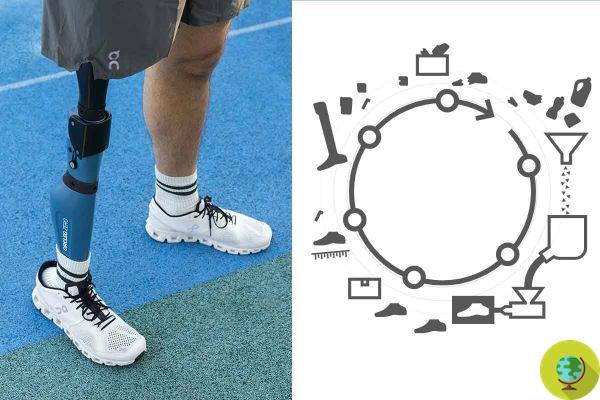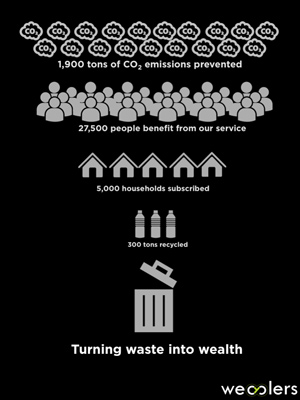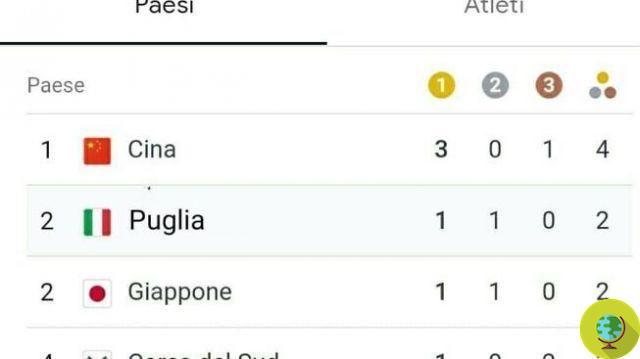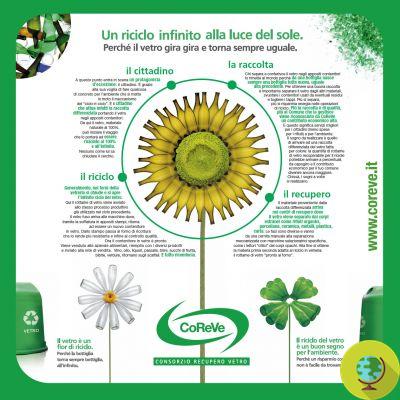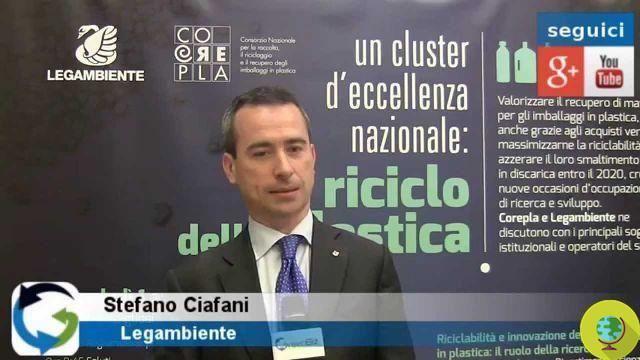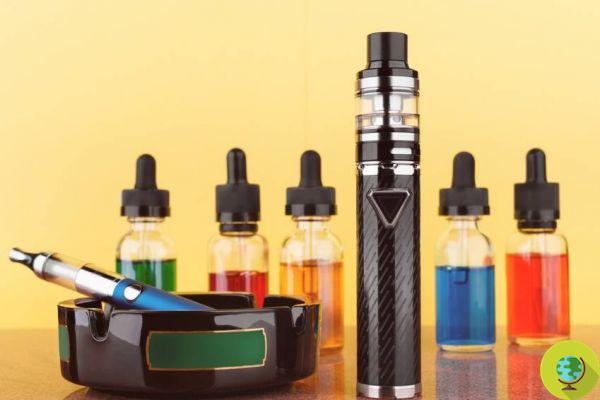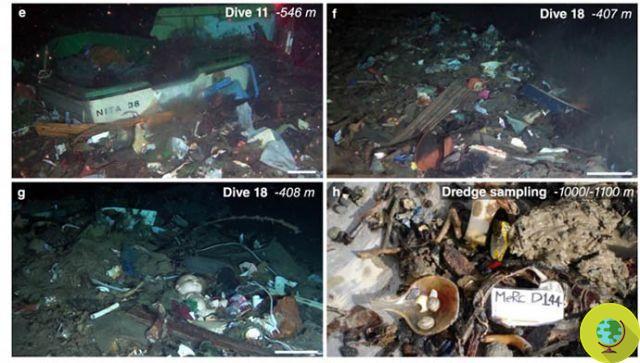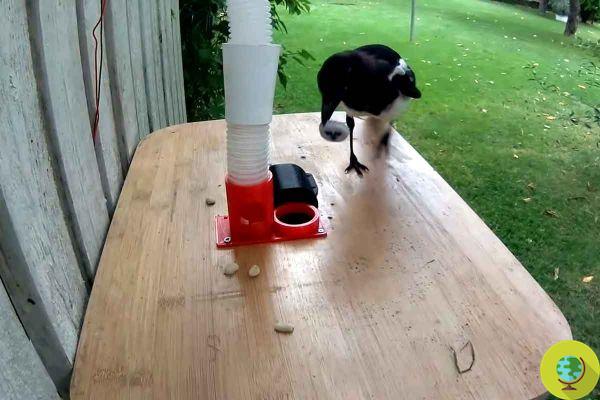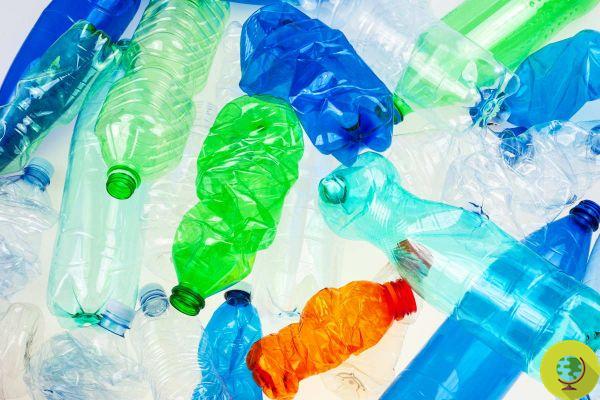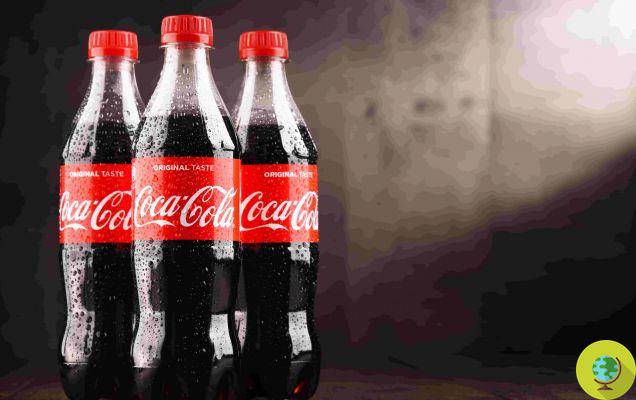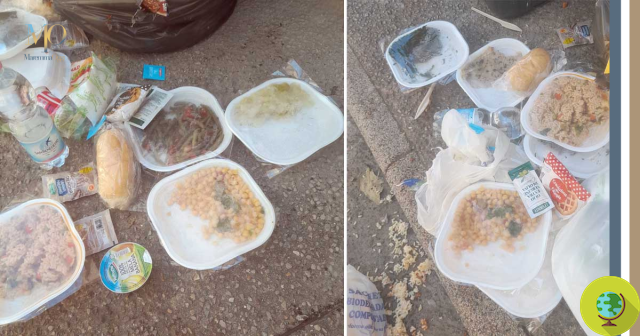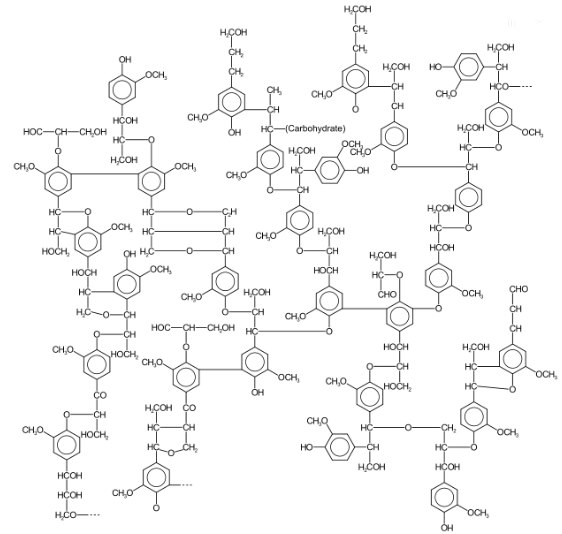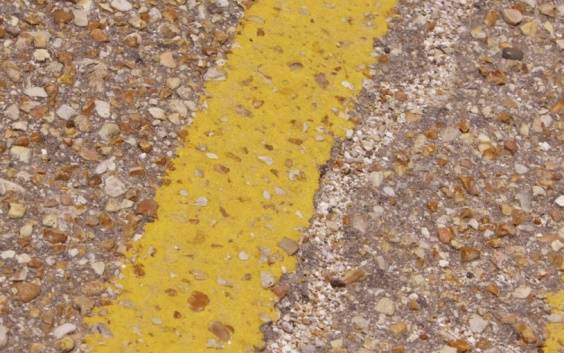The sensor detects ethylene, a gaseous hormone, to monitor the level of ripeness of some fruits and prevent food waste
He is about to end up run over, his mother saves himChemists from the Massachusetts Institute of Technology have created a small sensor capable of detecting minimal concentrations of ethylene in fruit, in order to prevent spoilage and food waste.
THEethylene is a gaseous plant hormone that regulates various phenomena in plants, from the germination of seeds to the growth of plant cells, from flowering to fruit ripening.
La ripening of a fruit it includes changes that allow us to feed on the fruit itself: the pulp is softened by the action of enzymes, the starch is partially degraded, sugars accumulate and some compounds that affect the flavor disappear, including tannins.
Some fruits, called climacteric, they ripen in response to ethylene and treatments with this hormone have long been used to obtain homogeneous fruit ripening or to delay it.
They are part of this category of fruits the melody by the arrow, but also apricots, persimmons, melons, peaches, plums and tomatoes, as well as exotic fruits such as bananas, avocados, papaya and mangoes.
I climacteric fruits they can be harvested from the tree before full ripening takes place, so that they can also be transported at a distance, ripening along the way and in storage.
Since every year however tons of fresh food are thrown away because of the deterioration during transport and storage, there is a need to work on strategies to limit losses.
The new sensor designed by MIT, detecting ethylene concentrations, could be used to monitor fruit throughout the supply chain, helping to reduce food waste.
The laboratory had already worked on similar projects, managing to develop a sensor for ethylene consisting of thousands of carbon nanotubes to detect ethylene concentrations based on the speed of electron flow inside the cylinders. However, the system was able to detect up to 500 parts per billion of ethylene, and because the sensors contained copper, in the long run they oxidized and stopped working.
Today, MIT researchers have created this new type of sensor that works by a different mechanism, known as Wacker oxidation, and uses palladium rather than copper.

By testing the sensor on plants of carnation and a variety of gentian, the researchers were able to evaluate its effectiveness and capacity, verifying that the sensor responds to ethylene within seconds even at low concentrations and, once the gas, is able to return to its basic conductivity within a few minutes.
Now the team has asked to be able to patent the new sensor, which could find application in the food industry for monitor the progress of maturation fruit and prevent food waste.
Sources of reference: Massachusetts Institute of Technology
Read also:
- All over the world food accumulated in supermarket runs for Covid-19 is starting to be thrown away: waste increased by 30%
- The edible spray film for fruit and vegetables arrives in Europe to reduce food waste and plastic waste
- Food waste: created biodegradable sensors that will tell when food has gone bad
- WhyNok: the movement that wants to restore dignity to ugly (but good) fruit and vegetables to fight food waste






